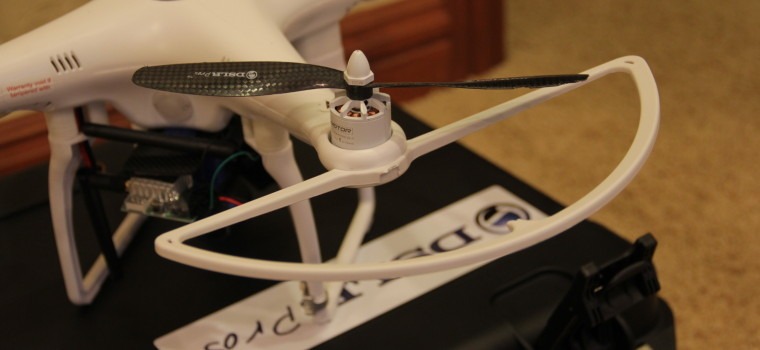When CNN reports that “selfies” may be replaced by “dronies,” you know people have unmanned aerial vehicles on the brain. In our industry, that means more and more cameras will be taking to the sky.
We’ve already provided an overview of the topic, a discussion of the gear, and the top five pros and cons as relayed by an early adopter of the technology, Mark Isherwood. Today, we’re covering Isherwood’s top five tips for new pilots:
1. Watch before you fly: Read the manual thoroughly and search YouTube for “first flight Phantom DJI.” This will give you the benefit of gaining from other people’s failures and successes. Mark Isherwood’s “lesson learned” is simple: Don’t get too aggressive too fast.
2. Find an open field and then just do it. Once you’ve done your due diligence by following number 1, get that sucker in the air. It’s the best way to learn. It took Isherwood 10 hours to get comfortable.
3. Practice early and often: When you get comfortable, it’s not time to put the drone on the shelf. This is not like riding a bike. If you don’t keep flying, you will get rusty.
4. Don’t be shy. If you’re not crashing some, you’re not flying it. It’s easier to land than you’d think. Just take it slow.
5. Get the entry level/stock copter to practice. This was Isherwood’s number one piece of advice. The entry-level DJI Phantom won’t get your camera in the air, but at $399 it’s a great way to get comfortable flying before you take the leap of putting all your equipment in the sky. Think of it like a training course—an up-front cost that gets you in the game.
Stay tuned for our discussion on the legal and safety aspects of the drone equation. In the meantime, smile and say dronie!
About Crew Connection: Crew Connection connects you with video production crews across the country and around the globe. With more than 25 years of experience and thousands of shoots to our credit with film crew pros, you can trust our expert coordinators to match you with the right freelance video crew and equipment every time.







